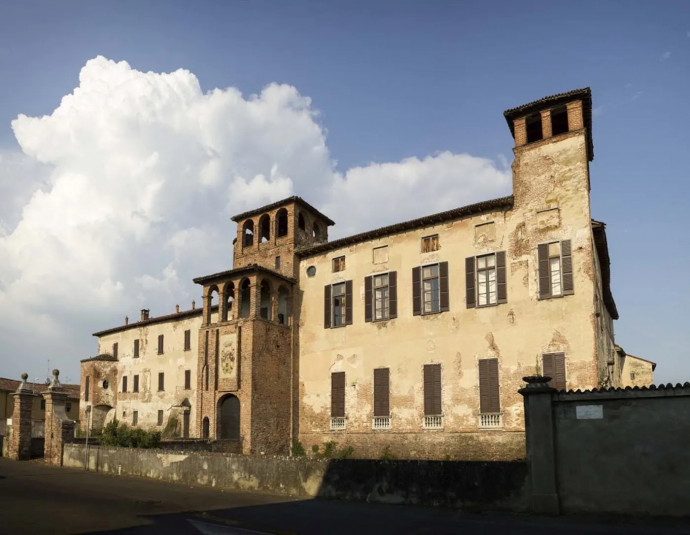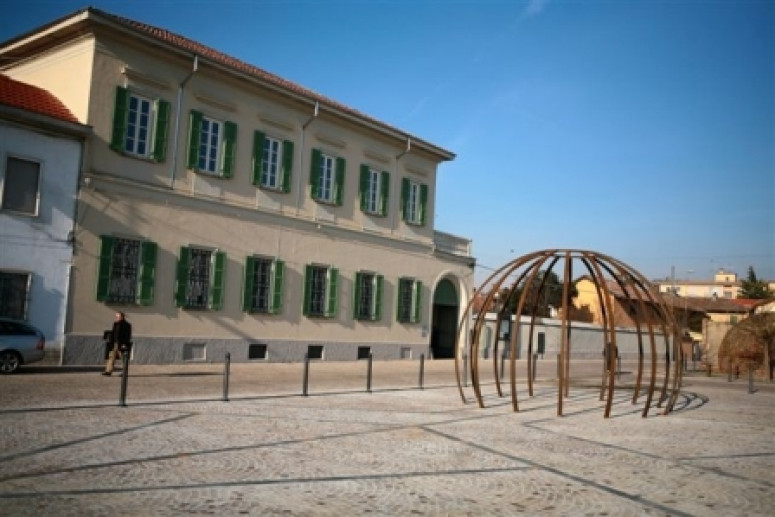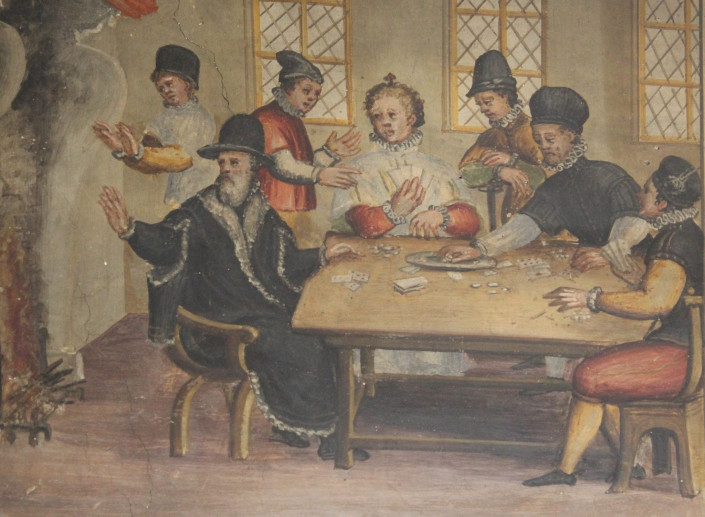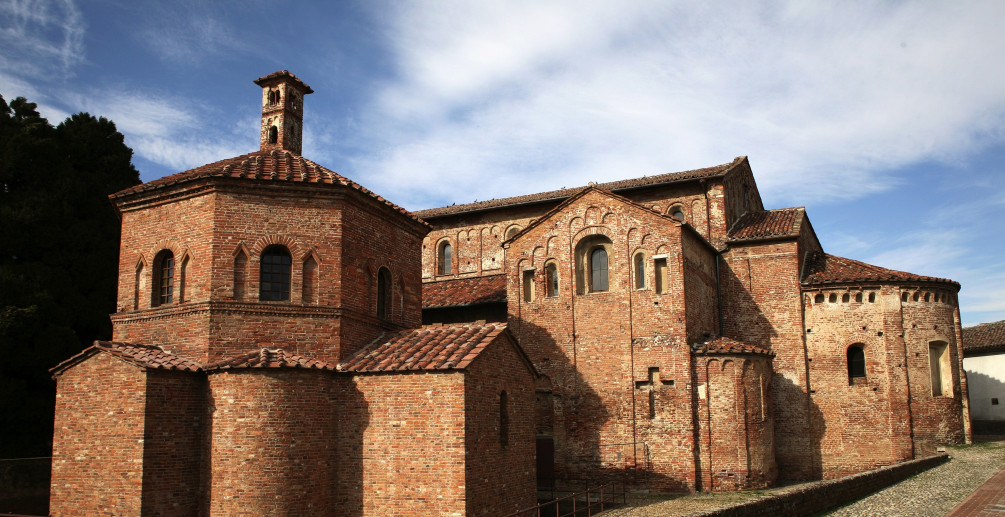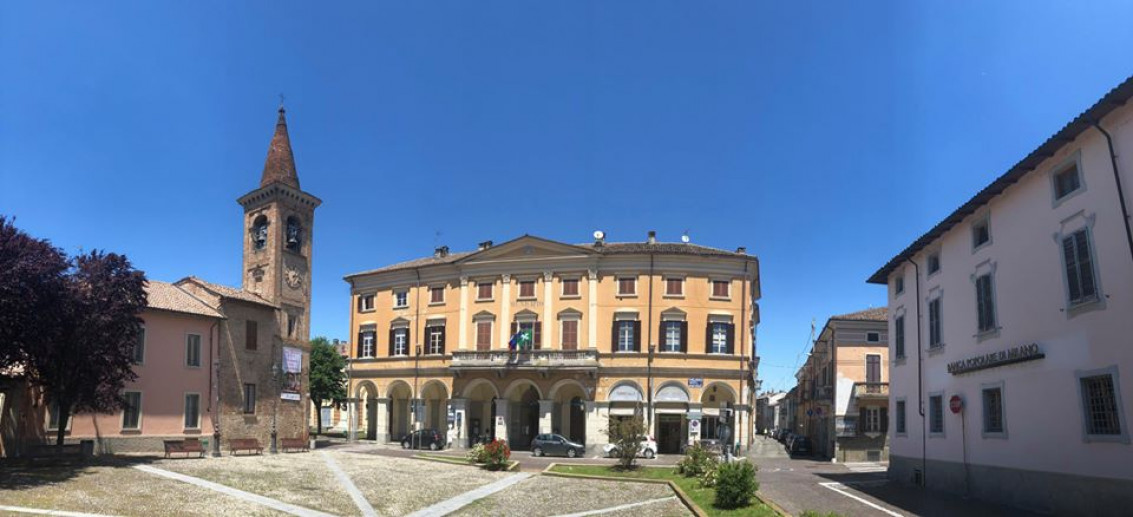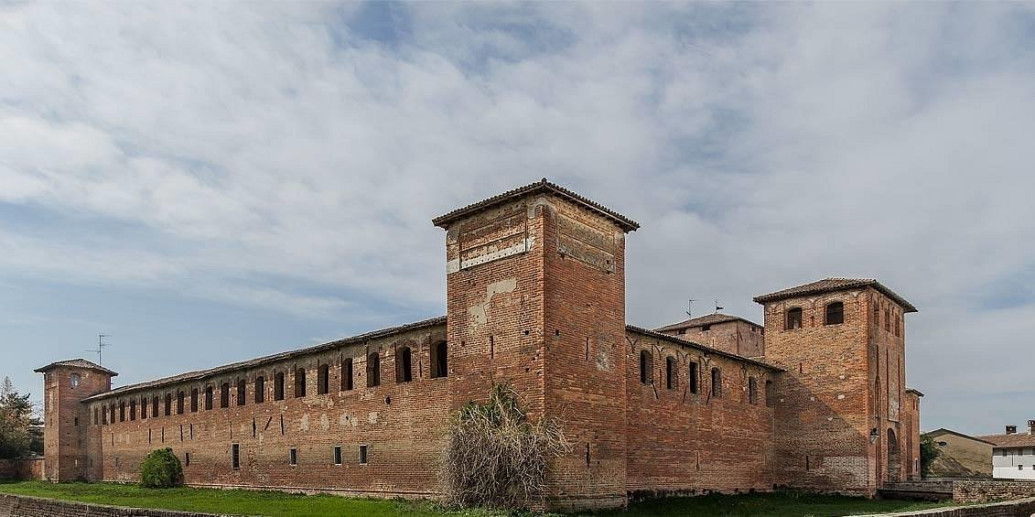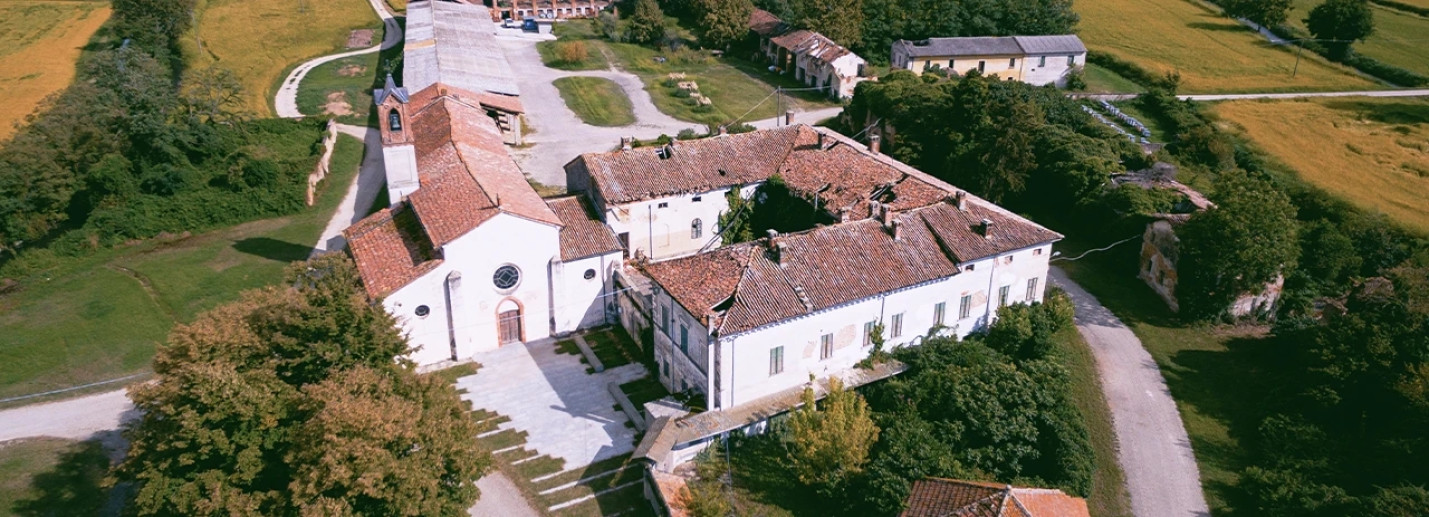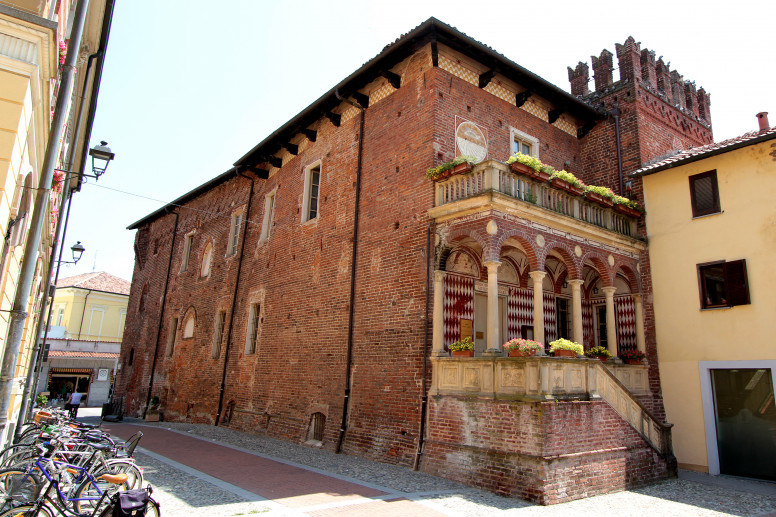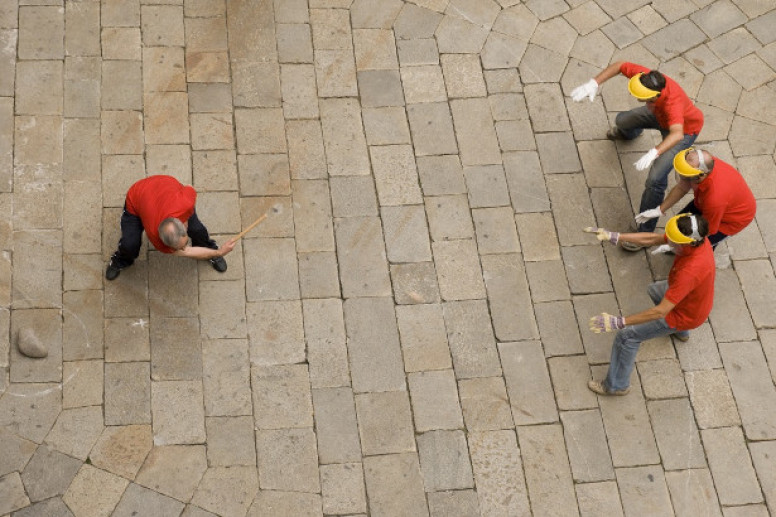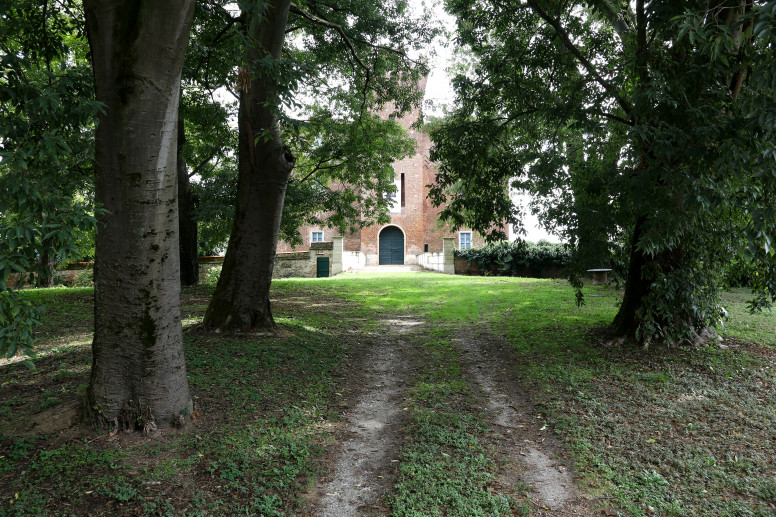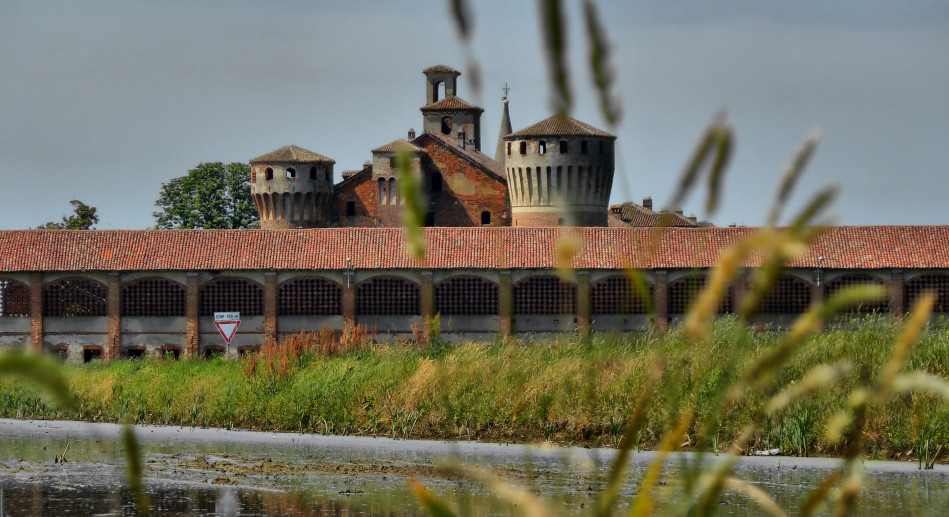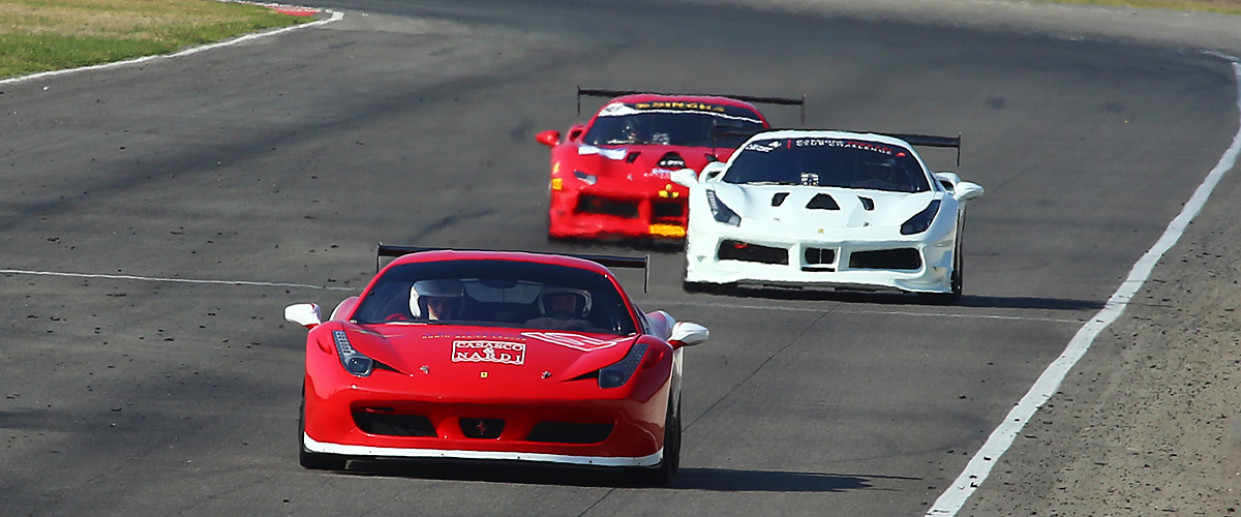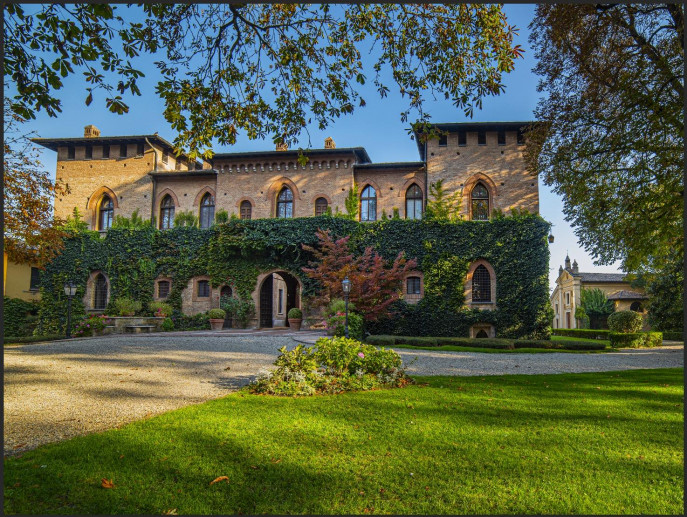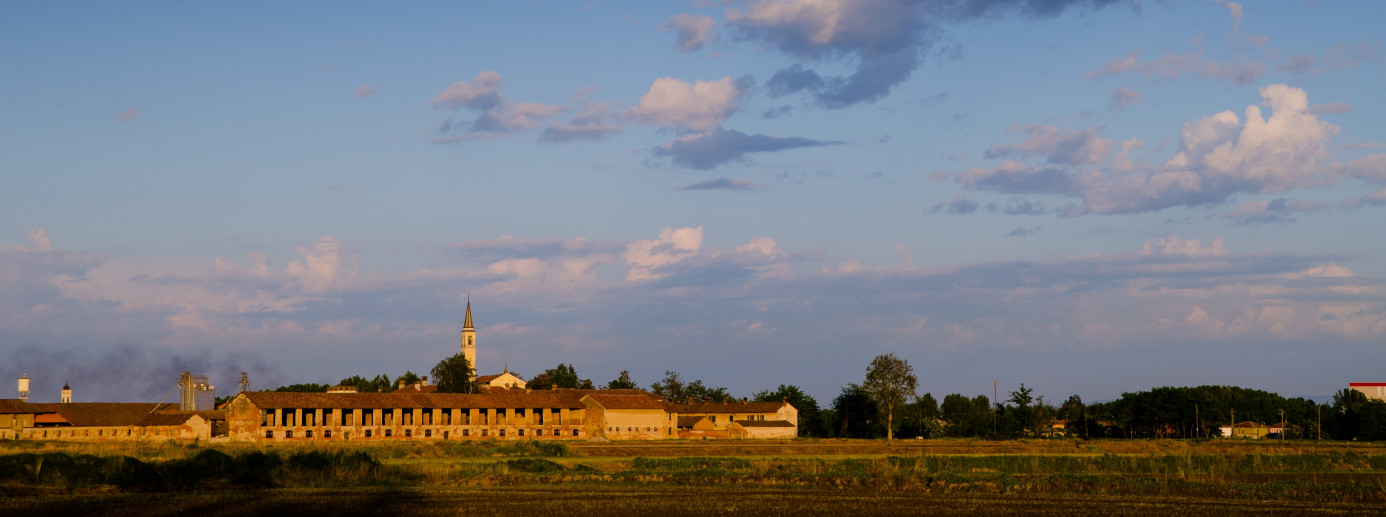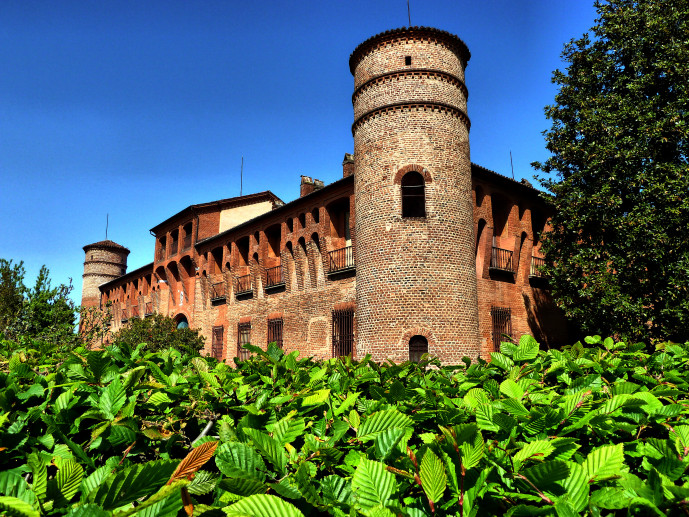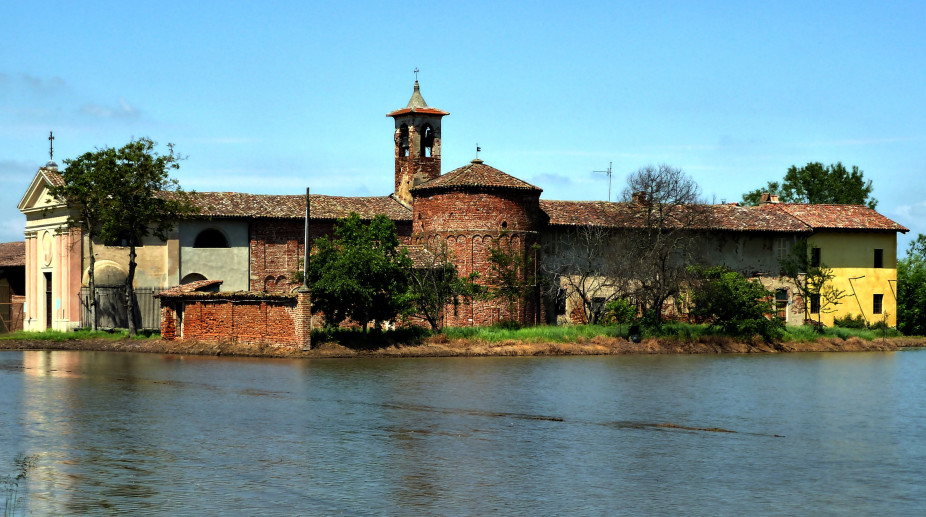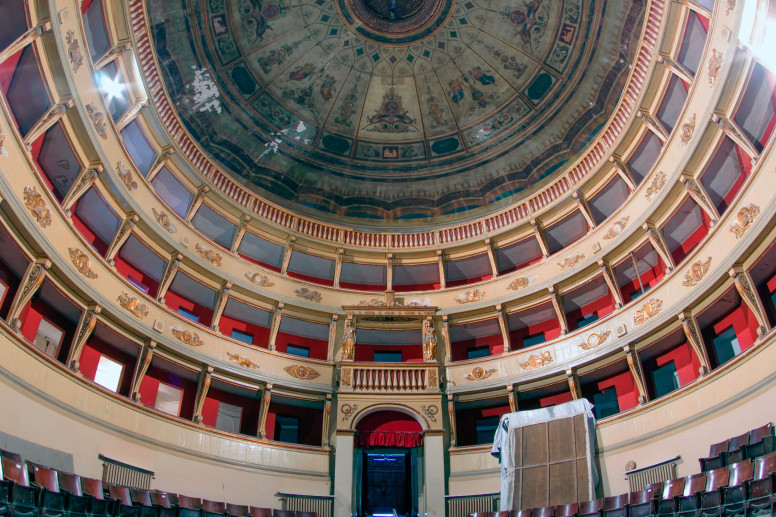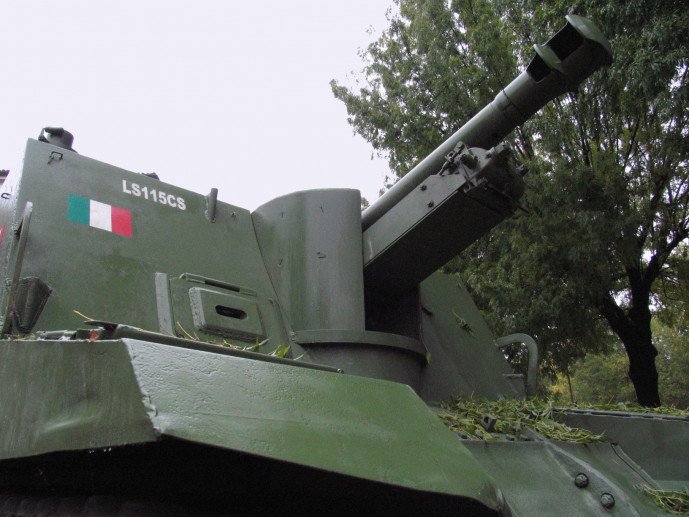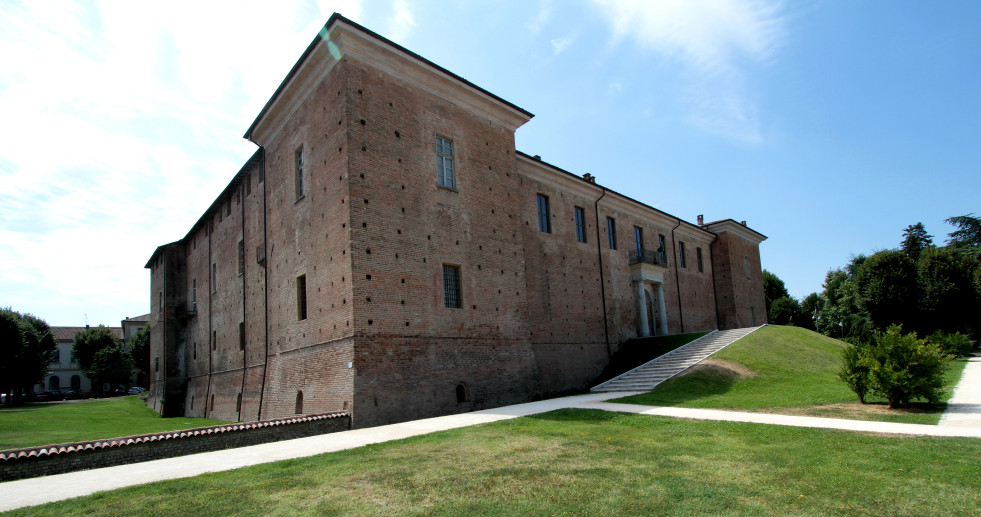- Villages
- Art & Culture
Mezzana Bigli
The municipality of Mezzana Bigli is located in southern Lomellina, a short distance from the left bank of the Po River, near the confluence of the Agogna River.
Amid the tranquility of the Lombard countryside lies Cascina Erbatici, a large agricultural complex now used as a conference and event center.
WHAT TO SEE
The parish church dedicated to Saint John the Baptist was built in the early 19th century in Neoclassical style and was renovated by Frascaroli in 1970. The restoration focused on both the architectural structure and the conservation of paintings by Raggi (in the apse area) and Gambini (in the naves). The splendid Baroque-style high altar, upon which stands a highly valuable wooden crucifix, was commissioned by Countess Anna Confalonieri and made from the finest marbles.
In the presbytery, two paintings depicting the stories of Saint John and Saint Peter Martyr can be admired. In the naves, on the right side, there is a precious altar with marble inlays, housing a statue of the Virgin Mary. On the left, the baptistery features a stone cover supported by marble columns. Notable elements include the 18th-century walnut sacristy and the Lingiardi organ.
The church in the hamlet of Casoni Borroni, dedicated to Saint Mary of the Assumption, was commissioned by Anastasia Biglia in the late 16th century. It was later enlarged and renovated by Fulvia Biglia in the 18th century.
A large painting in the choir, depicting a majestic image of the Assumption of the Virgin, is of particular interest. It is attributed to Gaudenzio Ferrari (1475–1546). Though difficult to confirm with certainty, as Callegaris suggests, the attribution is not entirely unfounded for several reasons: first, a work by Ferrari is preserved in the church of Silvano Pietra, and it is well known that his students worked in Lomellina. Additionally, the presence of prominent Milanese families in the region may have brought valuable artworks to rural churches.
The parish church in the hamlet of Balossa Bigli was commissioned by Marquis Crivelli in 1820, expanding an oratory that had existed since 1752. Originally built with a single nave, it underwent several renovations and expansions over the years. In 1895, a sacristy annex was added to the left of the presbytery; in 1905, the right nave was added and the old sacristy was enlarged. Finally, in 1922, the left nave was completed.
